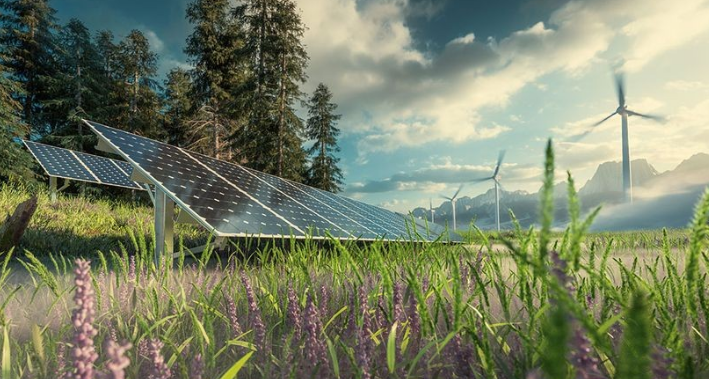Innovations in renewable energy are one of the new dimensions the world looks towards for reworking its relation with energy consumption. People are concerned about the impacts of climate change and solutions are looked for in green technology. The advances in solar, wind, and hydro-power are quite great, but renewable energy in the future is sure to include even more innovative strategies and technologies.
The emerging new trends guarantee further energy efficiency and more energy accessibility. New ways being considered or researched by companies and scientists include improved means of energy storage, smart grid, and alternative fuels. These innovative ways not only meet the demands but effectively solve the environmental hazards too.
The more it develops and expands, the more it has to face its own set of problems: expensive technologies, a complex regulatory environment, and wider adoption by a greater part of the general public. The future is bright with immense possibilities for creating meaningful change towards a cleaner planet.
Key Takeaways
- Innovation in renewable energies will carry the key to a sustainable future.
- Emerging new technology aims at further improvements in efficiency and access.
- The sector has its challenges to go through for widespread adoption.
Trends in Renewable Energy
Renewable energy is one of the fastest-evolving areas, and continuous new technologies are making their mark toward a future. The section carries recent development on solar, wind, hydropower, and bioenergy, energy storage.
Advancements in Solar Power Technologies
New solar technologies are making the transition to solar energy more efficient and much more affordable. Bifacial solar panels can absorb sunlight on both sides. Perovskite solar cells are lightweight and inexpensive to make than silicon panels, which is the standard material in almost all panels today. Their efficiency is now closer to that of traditional cells.
There is also the continuous improvement of solar tracking systems to have the panels follow the sun, therefore maximizing its energy production. There is also the use of BIPV to integrate the generation of solar energy with building materials. All these ensure that solar energy becomes both available and efficient.
Innovative Wind Energy Solutions
Fortunes of wind energy have also started to change. Vertical-axis wind turbines perform well in urban areas since they require less space and are much quieter; they can also capture winds from any direction quite easily, hence flexible at options.
Offshore farms are expanding, in ways that take advantage of higher ocean winds. Newer designs also permit larger turbines, which produce more power. Floating wind turbines, in development for water that is too deep for traditional farms, are underway. These are the critical developments in the pursuit of more wind energy.
Hydropower Breakthroughs
Hydropower is one of the major renewables, and its entire process has moved on to become more environmentally friendly with times that are evolving. In areas where big dams have no practicality, small modular hydropower systems are in service within the rivers. These have lesser environmental impacts and also can function at those places which are far away from areas that have modern access to it.
Innovative hydrokinetic technologies generate energy with free-flowing water and eliminate the need for dams, thus minimizing ecological interference. Further actions for the betterment of pumping storage systems include enhancements in grid stability as well. These works ensure a direction toward continued applicability of hydropower within the renewable sector.
Bioenergy and Waste-to-Energy Developments
Such an area is bioenergy, which has started to develop new methods of waste-to-renewable energy conversion. Technologies like anaerobic digestion break down organic material and supply methane for energy. These also reduce waste to landfills while generating power.
Gasification, a promising approach, converts biomass into syngas for fuel. Waste-to-energy plants are increasingly becoming more efficient in their operations, burning municipal solid waste for the generation of electricity. These developments make bioenergy an integral part of the renewable landscape.
Improvement of Energy Storage and Grid Integration: Energy storage is highly necessary for the effective utilization of renewable resources. New lithium-sulfur batteries promise higher energy densities to translate into longer use without hikes in size. These will help store power from solar and wind energy when it is being produced.
Besides, technologies for grid integration keep improving: smart grids can manage energy flow much more efficiently, balancing supply and demand. Demand response systems urge users to adjust their consumption during peak times. Such innovations make renewable sources of energy reliable as demands grow.

Also Read :
- Breaking Down the Basics: How Renewable Energy Works
- Harnessing the Power of Nature: The Future of Renewable Energy
- How Renewable Energy Technology is Gaining Ground in South Africa
- Renewable Energy Engineering: Designing Sustainable Power Systems
- Automotive Engineering: The Shift Towards Electric Mobility
